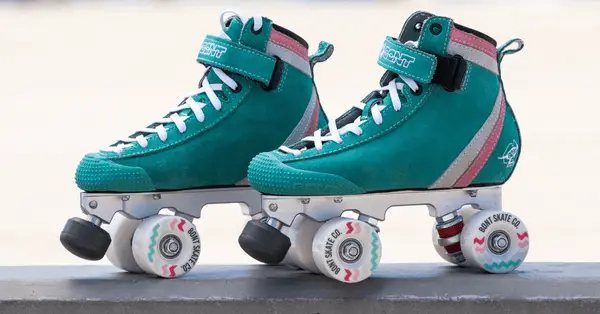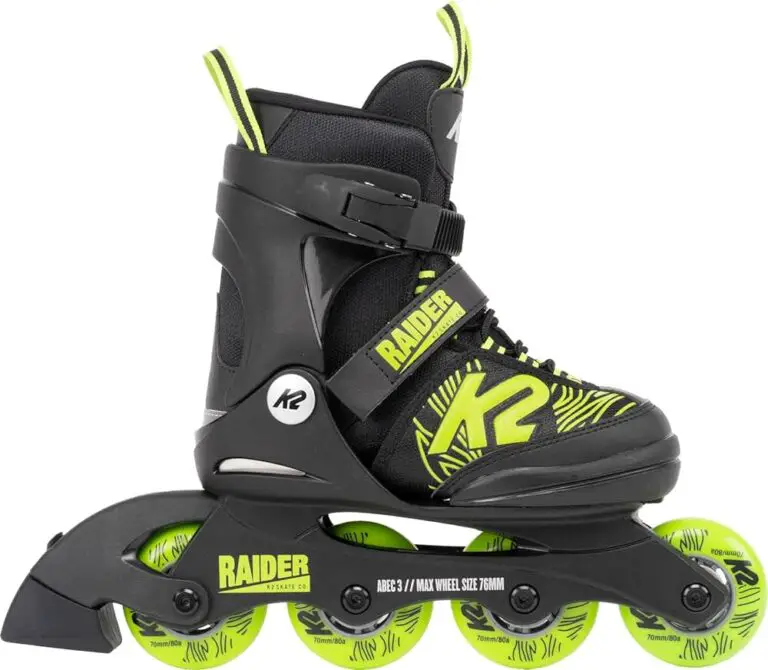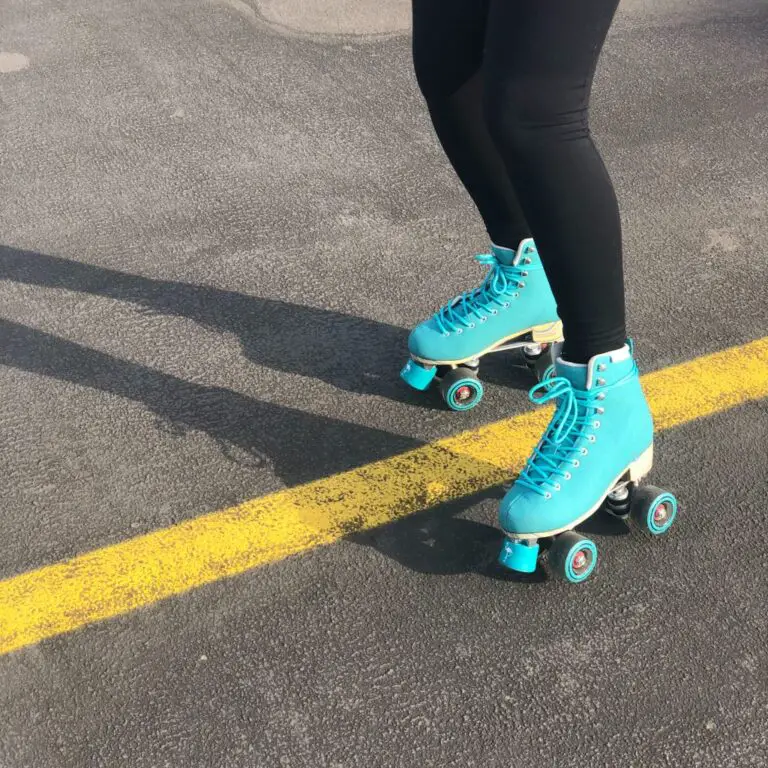How to Choose the Right Wheels for Inline Skates? Expert Guide
( If you purchase through our sponsored links, we may receive a small commission at no extra cost to you )
To choose the right wheels for inline skates, consider factors such as size, durometer rating, and wheel profile. The right wheels will affect your overall skating experience, including speed, maneuverability, and comfort.
By understanding your specific skating style and preferences, you can make an informed decision when selecting wheels. Additionally, it is important to consider the surface on which you plan to skate, as different wheel types work better on certain surfaces than others.
With the right combination of size, durometer rating, and wheel profile, you can optimize your inline skating performance. Remember to consider these factors when choosing your wheels to enhance your skating experience.
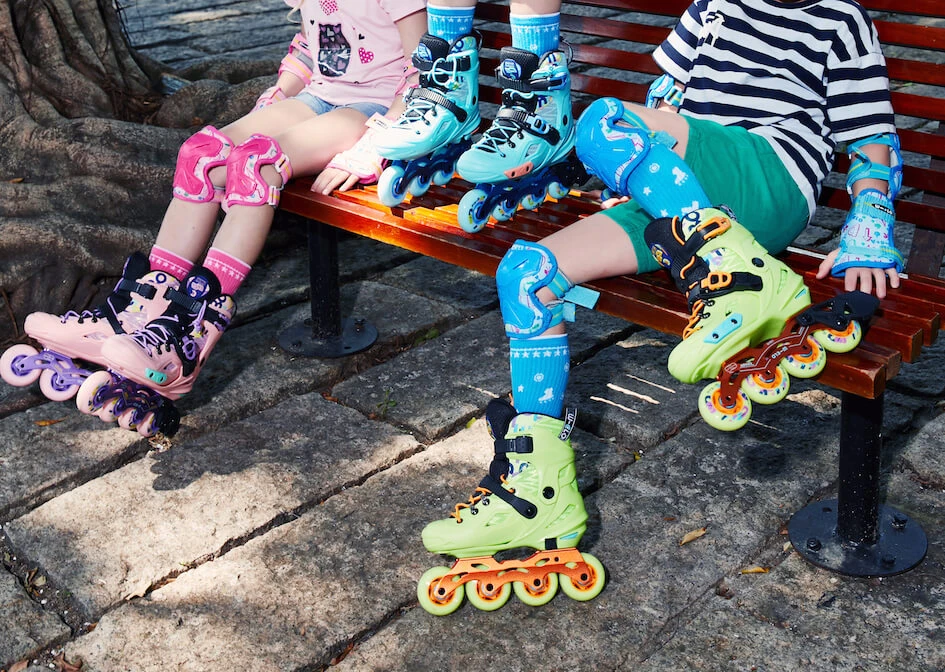
Credit: www.inmoveskates.com
Factors To Consider
Choosing the right wheels for your inline skates is crucial for a smooth and enjoyable skating experience. There are several factors to consider when selecting the perfect wheels to suit your needs. Let’s take a closer look at these factors:
Size And Diameter
One of the most important factors to consider when choosing wheels for your inline skates is their size and diameter. The size of the wheels directly affects the stability and maneuverability of your skates. Smaller wheels offer increased agility and quick acceleration, making them ideal for tricks and freestyle skating. On the other hand, larger wheels provide better stability and are great for long-distance skating or cruising. When determining the ideal size, consider your skating style and the type of terrain you’ll be skating on. Here’s a table outlining the general guidelines:
| Skating Style | Ideal Wheel Size (mm) |
|---|---|
| Freestyle/Tricks | 55-60 |
| Aggressive | 50-55 |
| Urban/City | 60-80 |
| Cruising/Long-Distance | 80-100 |
Hardness And Durometer
The hardness of the wheels is another crucial factor that determines their performance on different surfaces. Wheels are rated on a durometer scale, which measures their hardness. Softer wheels provide better grip and shock absorption, making them ideal for outdoor skating or rough surfaces. They offer a smoother ride but may wear down faster. On the other hand, harder wheels have less grip but are more durable and provide better speed on smooth surfaces, making them ideal for indoor rinks or smooth pavement. The durometer rating is indicated by a number followed by the letter “A”, for example, 78A or 88A. Here’s a general guideline to help you choose the right hardness:
- 78A – 82A: Soft wheels for outdoor and rough surfaces
- 82A – 87A: Medium-soft wheels for a balance of grip and speed
- 88A – 91A: Medium-hard wheels for indoor rinks and smooth surfaces
- 92A – 100A: Hard wheels for maximum speed on smooth surfaces
Profile And Shape
The profile and shape of the wheels also play a significant role in their performance. Wheels come in different profiles, including flat, round, and bullet. Flat profile wheels offer better stability and control, making them ideal for beginners and outdoor skating. Round profile wheels provide a good balance between maneuverability and speed, suiting a variety of skating styles. Bullet profile wheels have a narrow contact patch, offering exceptional speed and agility, perfect for advanced skaters and speed enthusiasts.
Core Design
The core design of the wheels contributes to their overall performance. Wheels can have either a hollow core or a solid core. Hollow core wheels are lighter, providing better acceleration and maneuverability. They absorb shock better, making them suitable for outdoor skating. Solid core wheels, on the other hand, are more durable and offer better stability. They are ideal for indoor rinks and aggressive skating.
By considering these factors – size and diameter, hardness and durometer, profile and shape, and core design – you can choose the right wheels that best align with your skating style and preferences. Remember, selecting the right wheels enhances your skating experience and ensures optimal performance on any terrain.
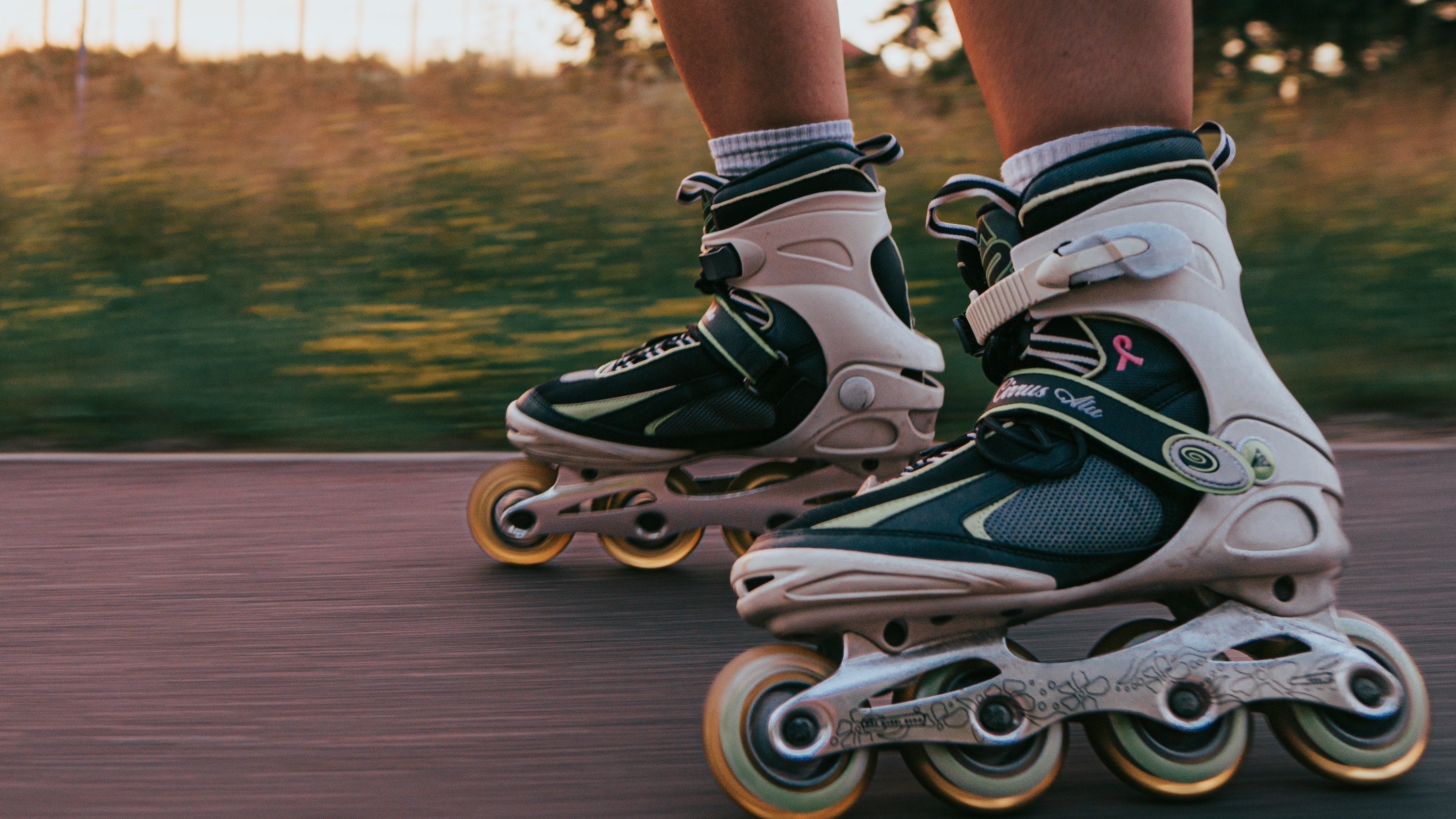
Credit: stokedrideshop.com
Types Of Wheels
When it comes to choosing the right wheels for your inline skates, understanding the different types of wheels available is crucial. Each type of wheel is designed to excel in specific environments and activities, so selecting the appropriate wheels can greatly enhance your skating experience. In this article, we will delve into the various types of wheels you can choose from and their unique characteristics.
Outdoor Wheels
Outdoor wheels are specifically designed to withstand rough, uneven surfaces commonly found outdoors. These wheels typically have a larger diameter and softer durometer, which allows them to absorb shocks and vibrations. The larger size helps to maintain speed and stability while skating on pavement and other outdoor terrains. Outdoor wheels also have a wider profile, providing increased traction and stability on different surfaces. These wheels are an ideal choice for recreational skating, long-distance skating, and skating on bike paths or trails.
Indoor Wheels
Indoor wheels are designed for smooth, polished surfaces typically found in indoor skating rinks. They are typically smaller in diameter compared to outdoor wheels and have a harder durometer. The smaller size allows for quick and agile movements while the harder durometer delivers excellent grip on smooth surfaces. Indoor wheels offer exceptional maneuverability, making them perfect for artistic skating, dance skating, and figure skating. These wheels are not recommended for outdoor use as they may wear out quickly on rough terrain.
Multisurface Wheels
Multisurface wheels are versatile options that perform beautifully on various terrains, both indoors and outdoors. These wheels strike a balance between the characteristics of outdoor and indoor wheels, meaning they are typically medium-sized with a medium durometer. Multisurface wheels offer a good blend of grip, speed, and durability, making them suitable for skaters who enjoy both outdoor and indoor skating. Whether you’re skating in a rink or exploring city streets, multisurface wheels provide a reliable and adaptable skating experience.
Speed Wheels
Speed wheels are designed for skaters looking to maximize their speed and glide. These wheels are typically larger in diameter with a harder durometer for reduced rolling resistance. The larger size allows for higher top speed while maintaining stability. Speed wheels are often used in inline speed skating, where skaters reach high velocities and require enhanced performance. Their reduced grip makes them less suitable for maneuvering or braking, so they are not recommended for beginners or skaters who prioritize agility and control over speed.
Aggressive Wheels
Aggressive wheels are built to withstand the demands of aggressive and freestyle skating. These wheels have a smaller diameter and a very hard durometer for exceptional durability and reduced friction on various obstacles. Aggressive wheels often feature a flat profile for improved sliding and grinding capabilities. These wheels are specifically designed to endure the impact of jumps, grinds, and landings. If you enjoy skate park sessions, street skating, or performing tricks, aggressive wheels are the way to go to handle the wear and tear associated with these activities.
Tips For Choosing
Choosing the right wheels for your inline skates can greatly impact your skating experience. With a wide variety of options available, it’s important to consider factors such as your skating style, surface type, skill level, budget, and personal preference. By taking these aspects into account, you can make an informed decision and find the perfect wheels to enhance your skating performance. In this article, we will explore each of these factors in detail to help you choose the right wheels for your inline skates.
Skating Style
When selecting wheels for your inline skates, it’s crucial to consider your skating style. The type of skating you enjoy will determine the specific characteristics you need in your wheels. Different skating styles require different wheel sizes, durometers (hardness), and profiles. Here are a few examples of skating styles and the corresponding wheel specifications:
- Aggressive Skating: For aggressive skating which involves jumps, grinds, and slides, smaller wheels with a larger durometer (88A-92A) and a flat profile are ideal. These wheels provide durability and stability for performing tricks and handling impact.
- Speed Skating: If you’re into speed skating, larger wheels with a smaller durometer (82A-86A) and a narrow profile would be preferable. These wheels offer excellent grip and reduce rolling resistance to maximize speed.
- Freestyle Slalom: For freestyle slalom skating, where precise footwork is essential, smaller wheels with a medium durometer (84A-88A) and a round profile are recommended. These wheels provide maneuverability and grip for executing intricate moves.
Surface Type
The surface you primarily skate on greatly influences your wheel choice. Different surfaces require different wheel types to optimize performance and prevent excessive wear. Common surface types include:
- Indoor Surfaces: If you mostly skate indoors on smooth surfaces like wood or polished concrete, softer wheels (78A-82A) with higher grip are suitable. These wheels absorb vibrations and provide excellent traction on the smooth surface.
- Outdoor Surfaces: For outdoor skating on rougher terrain like asphalt or pavement, harder wheels (82A-86A) with lower grip are preferred. These wheels withstand the rough surface and offer a smoother ride.
- Mixed Surfaces: If you skate on a variety of surfaces, opting for medium durometer wheels (84A-88A) with a balanced grip and durability is a wise choice. These wheels can handle both indoor and outdoor surfaces effectively.
Skill Level
Your skill level plays a vital role in choosing the right wheels. Novice skaters may prefer softer wheels for better stability and control, while experienced skaters may opt for harder wheels to enhance speed and maneuverability. It’s crucial to find a balance that matches your skill level and allows for progression as you improve.
Budget
Considering your budget is essential when selecting wheels for your inline skates. Wheel prices can vary depending on factors such as brand, material, and performance characteristics. Determining your budget beforehand helps narrow down your options and find wheels that offer a good balance of quality and affordability.
Personal Preference
Lastly, your personal preference shouldn’t be overlooked when choosing wheels. Factors such as color, design, and brand loyalty may influence your decision. While personal preference may not directly impact performance, it can enhance your overall skating experience by allowing you to express your style and identity.
By keeping these tips in mind, you can confidently choose the right wheels for your inline skates. Remember, each aspect mentioned – skating style, surface type, skill level, budget, and personal preference – contributes to finding the perfect wheels that align with your needs and goals. Happy skating!

Credit: www.amazon.com
Frequently Asked Questions On How To Choose The Right Wheels For Inline Skates?
How Do I Choose Rollerblade Wheels?
To choose rollerblade wheels, consider factors like wheel diameter, hardness, and profile. Smaller wheels (72-80mm) are suitable for beginners and city skating, while larger ones (80-125mm) are for long-distance and speed skating. For outdoor use, opt for softer wheels (78A-85A) for better grip, while harder ones (85A-97A) are better for indoor use or advanced skaters.
Flat profile wheels offer stability, while rounded ones provide maneuverability.
How Do You Tell What Size Wheels You Need For Your Roller Skates?
To determine the right wheel size for your roller skates, measure the diameter of your current wheels or refer to the manufacturer’s specifications. Ensure they are compatible with your skate frame and personal preference for speed or maneuverability.
How Do You Measure Inline Skate Wheels?
To measure inline skate wheels, use a ruler or tape measure to determine the diameter. Place one end on the ground, and with the skate upright, measure to the highest point of the wheel. This measurement will help you select the appropriate wheel size for your skates.
What Does 85a Mean For Rollerblade Wheels?
85A is a measure of hardness for rollerblade wheels. The higher the number, the harder the wheel. It offers a balance between grip and durability, suitable for both indoor and outdoor skating.
Conclusion
Selecting the right wheels for your inline skates is crucial for a smooth and enjoyable skating experience. Consider factors like wheel hardness, size, and profile to match your skating style and terrain. Experimenting with different wheels can help you find the perfect combination for your specific needs.
Remember, the right wheels can enhance your performance and make every skating session a memorable one. So, go ahead, choose wisely, and hit the road with confidence!

